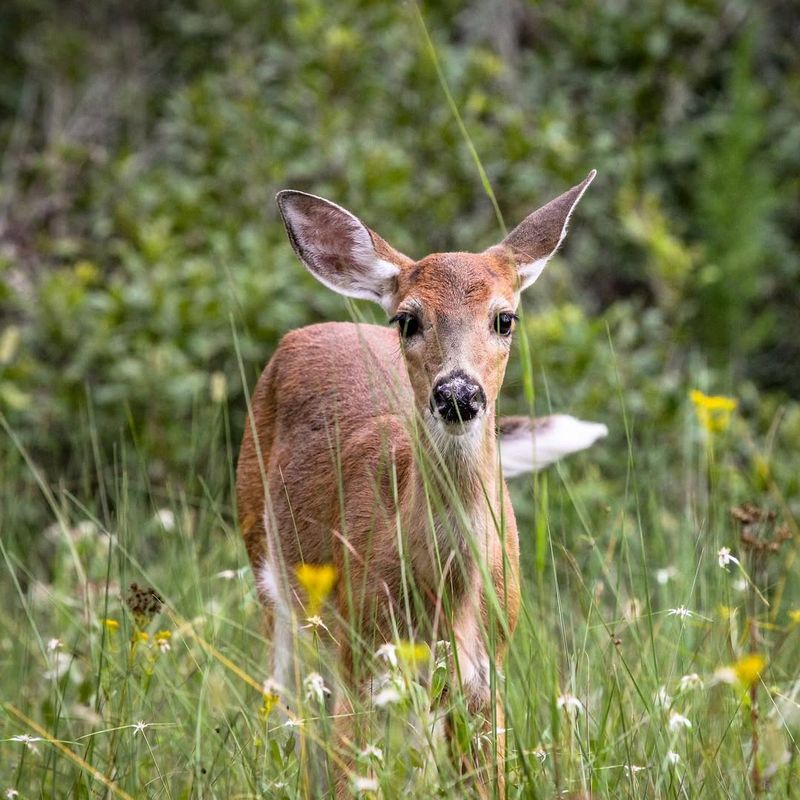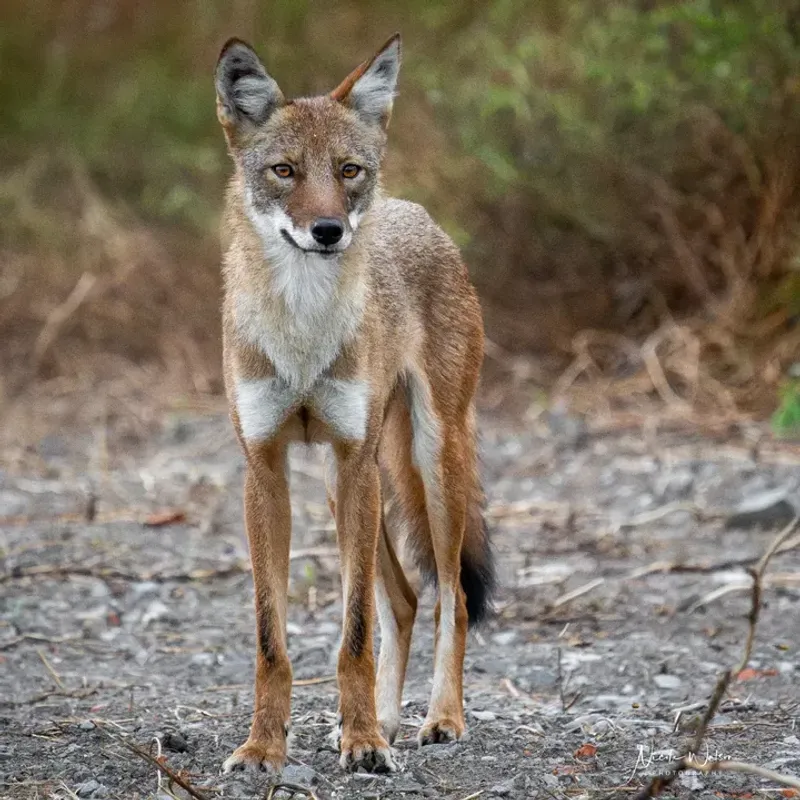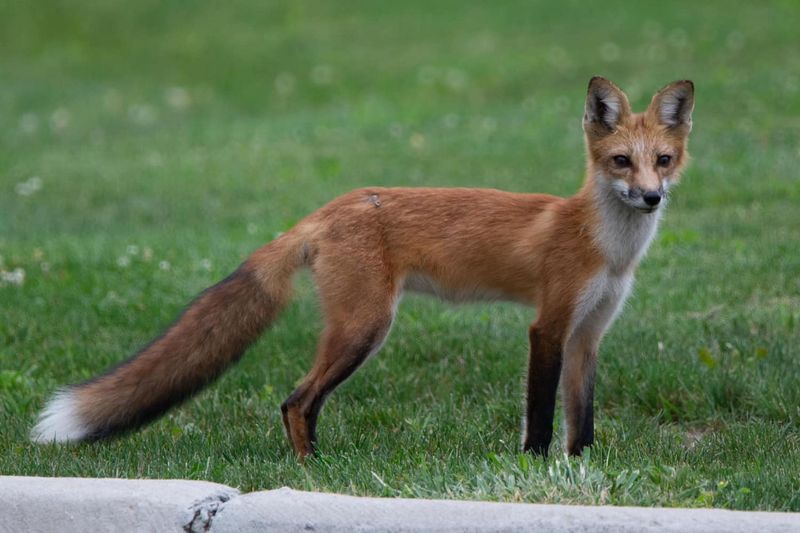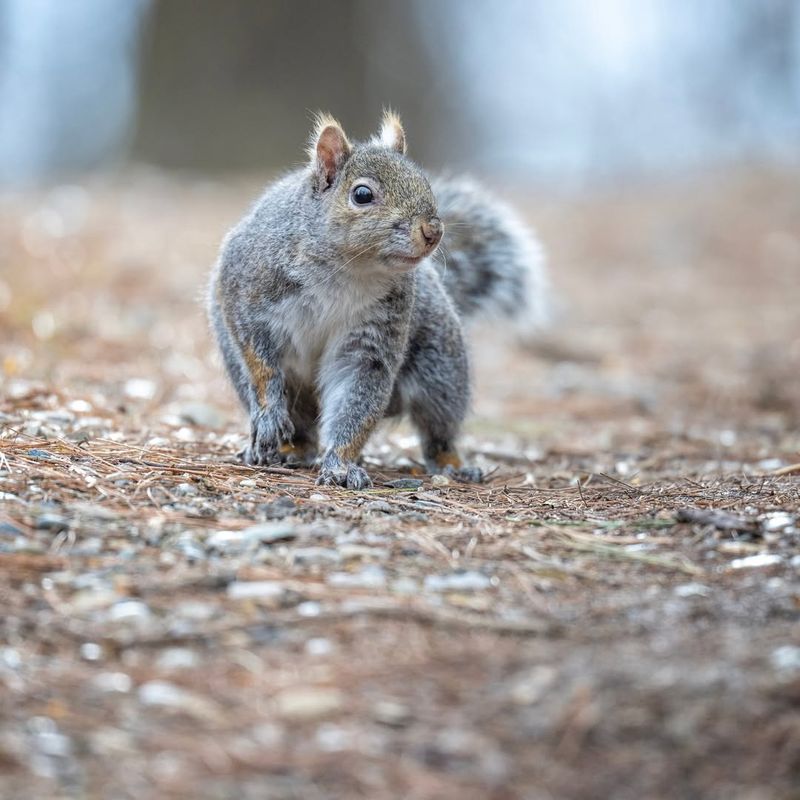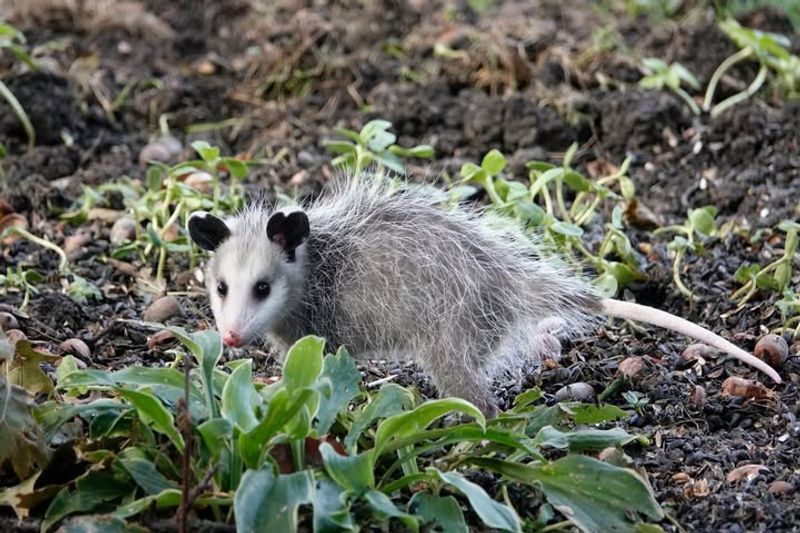Connecticut’s cities and suburbs have become unexpected havens for wildlife that once avoided human settlements. From raccoons raiding trash cans to coyotes prowling neighborhood streets at dusk, these adaptable creatures have learned to thrive alongside us.
You might be surprised to discover just how many wild neighbors are sharing your backyard right now, quietly hunting, foraging, and raising their young while you sleep.
1. White-Tailed Deer
Spotting a deer munching on your hostas has become almost routine for Connecticut homeowners. These graceful browsers have adapted remarkably well to suburban life, finding shelter in wooded patches between developments and feasting on ornamental plants.
Their population has exploded across the state, with some neighborhoods reporting daily sightings. While beautiful to observe, they can devastate gardens overnight and carry ticks that spread Lyme disease.
Installing tall fencing or using deer-resistant plants can help protect your landscape from these persistent visitors.
2. Eastern Coyote
Hearing howls echo through Connecticut neighborhoods after dark isn’t your imagination—coyotes have firmly established themselves in urban areas. These intelligent predators arrived in the state decades ago and now thrive in cities by hunting small mammals, eating fallen fruit, and scavenging pet food left outdoors.
They’re typically shy around humans but grow bolder when fed. Keep pets indoors during dawn and dusk hours when coyotes are most active.
Secure your garbage bins and never leave pet food outside to avoid attracting these cunning canines to your property.
3. Black Bear
Connecticut’s black bear population has grown from nearly extinct to thriving, with bears regularly wandering through Hartford, New Haven, and surrounding suburbs. These powerful omnivores are drawn to easy meals like bird feeders, garbage, and compost piles.
Most encounters happen when bears search for food during spring and summer months. They’re generally not aggressive but will defend themselves if surprised or protecting cubs.
Store trash in bear-proof containers, bring bird feeders inside at night, and never approach a bear you spot in your yard.
4. Red Fox
With their flame-colored coats and bushy tails, red foxes have become familiar sights in Connecticut’s urban landscapes. These adaptable hunters patrol parks, golf courses, and residential areas hunting mice, rabbits, and insects while occasionally raiding unsecured chicken coops.
Foxes are mostly nocturnal but sometimes appear during daylight hours, especially when feeding young kits in spring. They pose little threat to humans and actually help control rodent populations around homes.
Appreciate them from a distance and secure small pets and poultry to coexist peacefully.
5. Wild Turkey
Strutting through Connecticut yards like they own the place, wild turkeys have made a remarkable comeback from near-extinction. These large birds travel in flocks, scratching up lawns while searching for seeds, insects, and acorns beneath the soil.
Males can become territorial during spring breeding season, occasionally chasing people or pecking at their reflections in car windows and glass doors. Despite their size and boldness, they’re generally harmless if given space.
Cover reflective surfaces and make loud noises to discourage aggressive turkeys from claiming your property as their territory.
6. Eastern Cottontail Rabbit
Those adorable bunnies hopping through your Connecticut garden at twilight are eastern cottontails, and they’re probably eating your vegetables. These prolific breeders produce multiple litters yearly, maintaining healthy populations even in densely populated areas.
They feed on grass, clover, garden plants, and tree bark during winter months when food is scarce. While cute, they can cause significant damage to landscaping and young trees.
Chicken wire fencing around gardens and tree trunk protectors can safeguard your plants without harming these fluffy but hungry neighbors.
7. Raccoon
Few animals have adapted to urban Connecticut life as successfully as raccoons, those masked bandits famous for raiding trash cans with their nimble paws. These nocturnal omnivores eat almost anything—garbage, pet food, garden produce, and insects.
They’re incredibly intelligent problem-solvers, capable of opening latches, unscrewing jars, and remembering solutions to obstacles. Raccoons can carry rabies and roundworm parasites, so never approach or feed them.
Secure garbage with tight lids, eliminate outdoor pet food, and seal potential den sites in attics or under decks to discourage them.
8. Eastern Gray Squirrel
Acrobatic and endlessly entertaining, eastern gray squirrels dominate Connecticut’s urban tree canopy, leaping between branches and power lines with fearless confidence. These bushy-tailed rodents bury thousands of nuts each fall, inadvertently planting trees when they forget cache locations.
They’ve become expert bird feeder raiders, using remarkable problem-solving skills to access seeds despite elaborate deterrents. Squirrels occasionally invade attics and chew through electrical wiring, creating fire hazards.
Trim tree branches away from rooflines and install squirrel-proof bird feeders to minimize conflicts with these persistent creatures.
9. Opossum
North America’s only marsupial, the Virginia opossum, shuffles through Connecticut backyards nightly on its quest for insects, fallen fruit, and garbage scraps. These misunderstood creatures are actually beneficial neighbors—they consume thousands of ticks annually, helping reduce Lyme disease risks.
When threatened, opossums famously “play dead,” entering a catatonic state that deters predators. They’re non-aggressive and resistant to rabies due to their low body temperature.
If you find one in your yard, simply leave it alone; it will move on after feeding and causes no harm to pets or property.


